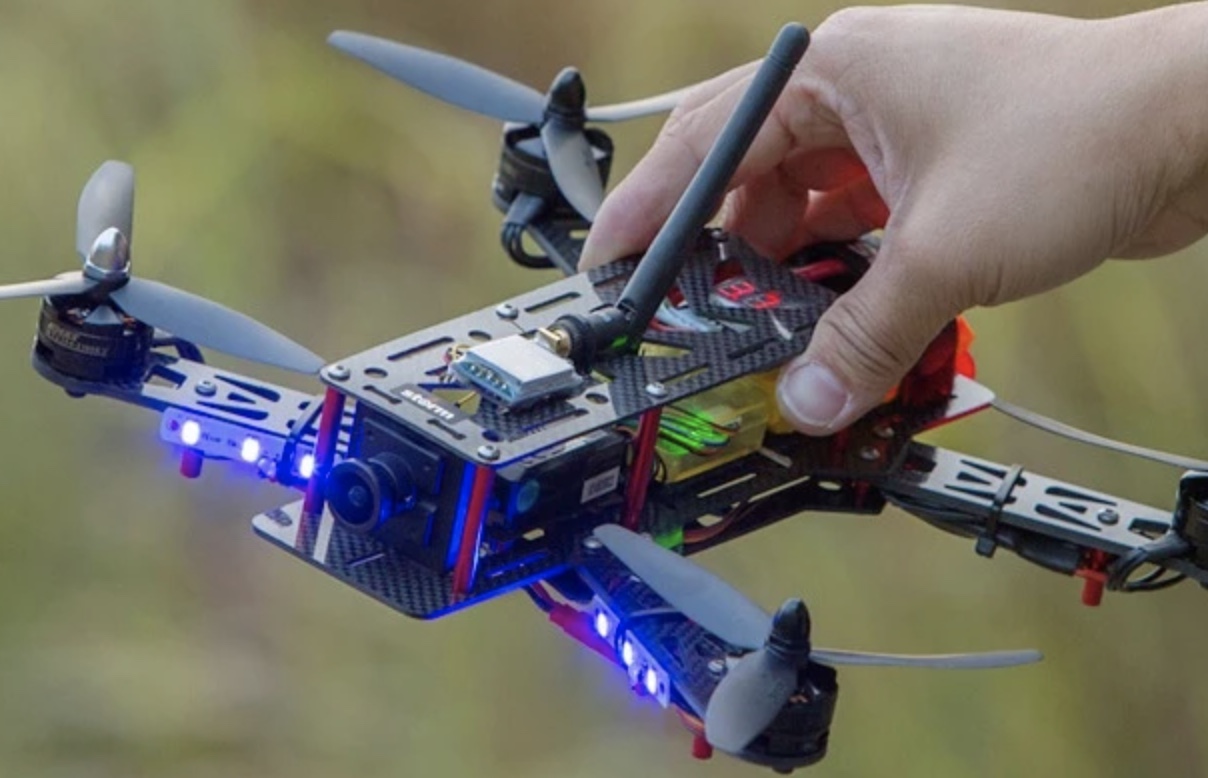The revolution of the unmanned aerial vehicle (UAV) is already well underway, and drones are only going to have an increasing impact in our everyday lives.
Like many mainstream technologies, drones started out being used primarily by the military, but what was once a more exclusive innovation is more and more common for the average Joe (or Jane).
Here, 25magazine.com breaks down the basics of what drones are, how we use them and where the technology is headed, with far-reaching uses in science, agriculture, surveillance, leisure and much, much more.
Drones for Dummies
In the simplest terms, a drone (or UAV) is a flying vehicle that doesn’t require a pilot. By that definition, the technology is almost 200 years old considering balloon carriers date back to the mid-19th century, but we’re concerned with the more modern, recreational interpretation.
Civilian drone use has skyrocketed in recent years and has exploded as a consumer market, with multi-rotor drones being the most commonly used. These can be controlled either by a human operator or by onboard computers, depending on the intended use:
Aerial photography is a particularly common application for drones among the public, and models can cost anywhere from $50 up into the thousands. The average consists of several key components, though the quality and range of these parts varies a lot between models. These are:
- The body
- Power supply
- Hardware
- Software
- Sensors (which feedback information about the craft)
- Flight controls
- Actuators (responsible for movement)
- Communications (responsible for receiving commands)
Almost every drone’s sensors are located in the nose of the craft, while the rest of the body accommodates the remaining technology, since no space is required to fit a pilot. Most drones are equipped or can be fitted with camera technology, which is considered a primary use in most regards.
UAV technology is an important division in most military branches all over the world, but drones are also expanding their role in how they affect our lives both first-hand and from further afield.
New Innovations
Large corporations (like Amazon) are taking a greater interest in drone technology, which means your parcels could soon come flying through your letterbox, rather than being delivered by hand.
CNN reported in December 2020 that the Federal Aviation Administration (FAA) had finalized new laws for small, unmanned drones that could allow for “expanded commercial uses of the vehicles,” bringing us one step closer to drone delivery becoming a reality.
The entertainment industry has also been impacted by drones in recent years. The 2018 PyeongChang Winter Olympics in South Korea opened with a light show that saw hundreds of drones fitted with LEDs flying in formation, dazzling the millions watching all over the world:
There are also numerous drone racing competitions all over the world, the most famous of the bunch being the Drone Racing League. The ‘DRL’ operates the annual Allianz World Championship, with Drone.bet offering information on how to wager on the competition.
Agriculture is one area in particular that’s set to be heavily affected by drone use, and one may never even be aware of it. The FAA has in the past encouraged farmers to try out the technology to streamline their business, allowing an almost instant view of their crops or livestock, whether for security or to perform checks on produce.
Far away from their military use, drones have even been used to save lives. The BBC reported in January 2018 that two teenagers were rescued off the coast of Australia after lifeguards used the aircraft to deliver an ‘inflatable rescue pod’ that allowed them to safely return to shore.
That advancement in particular proves the positive influence drones can have on our lives, though spotting sharks and adrift swimmers is just the tip of the drone iceberg.






